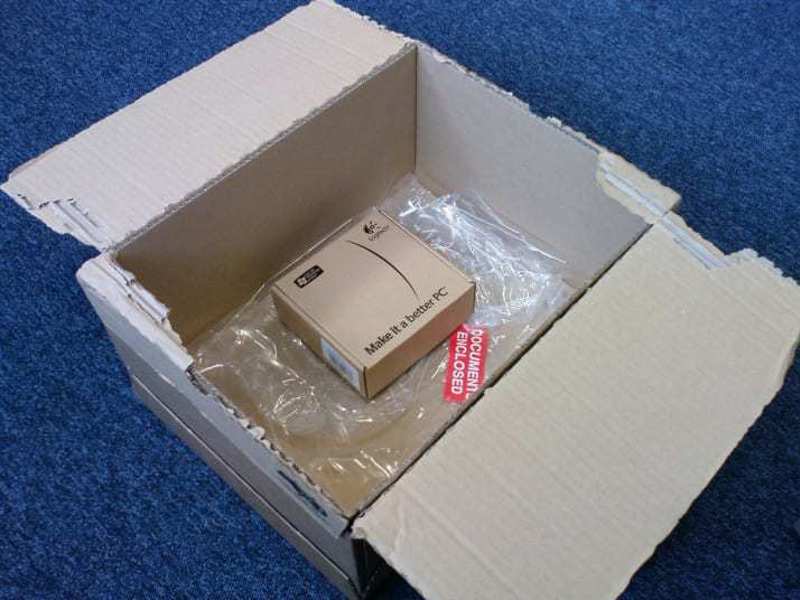The final mile shipping costs for national carriers such as UPS, FedEx, USPS, and regional and local carriers vary depending on the size of the package, its contents, and where it will be shipped. Therefore, the sooner you find the best carrier for each delivery, the quicker you can give your customers accurate costs, and the more likely they will press the purchase now button.
Of course, for retailers and e-tailers, the quicker you accurately sum up your costs, the better you can control them.
Sure, there are general carrier rates based on distance, service level, etc., that you will need to know—and may even have negotiated. However, some of the ancillary fees can add to your costs, making free shipping even more costly to your bottom line.
Chief among them are Dimensional weight fees (DIM). And, as carriers face a capacity crunch, they are paying more attention than ever to how you pack your cartons.
The basics of packing for profits
- Dim Weight = (L x W x H) / Dim Divisor
- Use Higher of Dim vs. Actual Weight to calculate the rate
It seems like an easy enough formula. However, accurately figuring out the correct carton size can be laborious and an exercise in guesswork without the right final-mile TMS system to help automate the process. That can quickly lead to using a too big carton [increasing DIM fees] or too small [increasing the risk of damage]. Either of which could cost you in the long run.
So, what is a shipper to do besides manually measuring every box and figuring out if you are using the correct carton for the item or items being shipped? That’s where AI Cartonization comes in.
Having reliable, consistent AI-generated packing of items into appropriately-sized cartons, as found in Transtream, reduces costs of corrugated cartons and filler, damage from having items in boxes that are too small, and dimensional weight (DIM) fees. It also helps improve your customers’ sustainability experiences associated with your brand without draining you by having them figure out if they are using the best-sized carton for the job.
One size does not fit all: stuffing a carton with bubble wrap and air pillows because it is too large for an item, you might as well be using your checkbook instead. If you pick cartons too large for the order, profits can get dinged with DIM fees. But, more damage is done beyond the immediate spending in the way of wasted materials and damaged items, which can impact the customer’s experience, hurting your reputation and referral business.
Overcompensation can cost you: now you know not to pack a phone in a carton big enough to hold a desktop computer. However, overreacting and using too small cartons is not always the answer. This overcorrection can result in higher costs as each box has a minimum price. Sometimes it is cheaper to go with a larger box with a higher DIM rating than shipping several small packages. Also, stuffing a fragile vase in packaging leaves little room for padding can damage. The challenge of this, of course, is figuring out the best way to pack if you aren’t using sophisticated final mile TMS software.
5 TIPS FOR COST-EFFECTIVE PACKAGING:
- Avoid using cartons that are too large
- Avoid using too many cartons (overcompensation)
- Consider alternate carrier services
- Negotiate a higher DIM factor
- Use cartonization to maximize cost-effective packing
Packing correctly is more important than ever. It can help the environment, your reputation, and of course, your profit margin. Knowing the correct carton quickly can also help your customers feel confident about the price they are paying for shipping early in the process, making them more apt to buy from you.
Get a demonstration of Transtream multi-carrier parcel shipping management solution to see how it can help you pack for profits.
